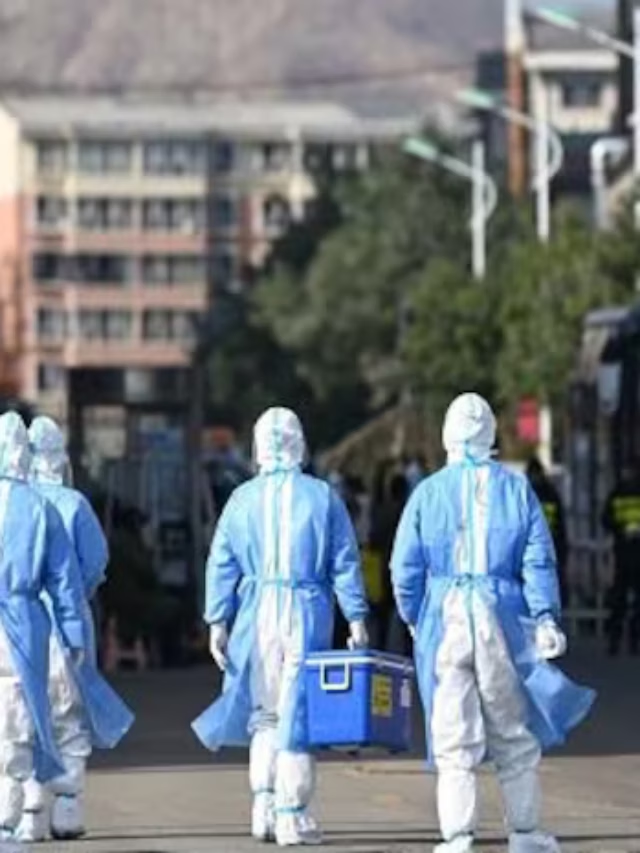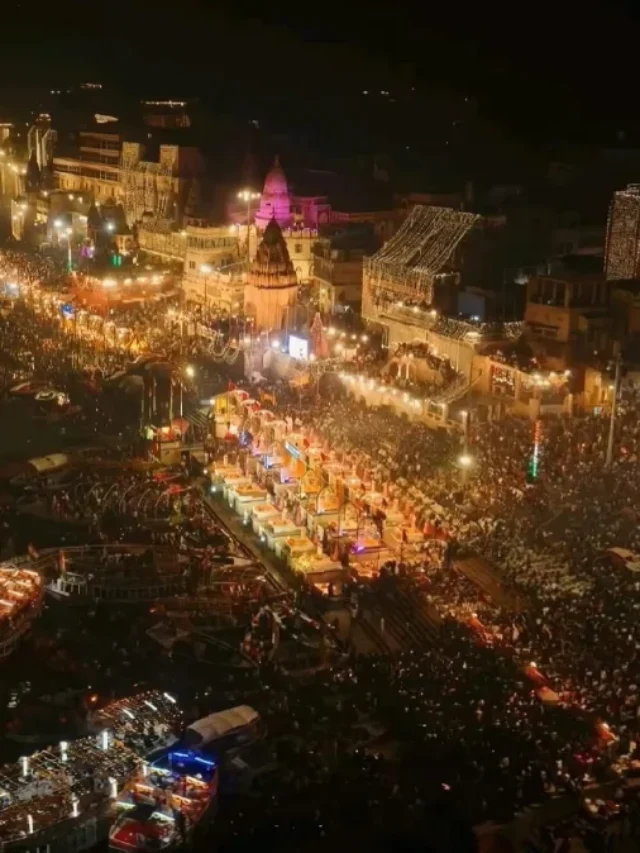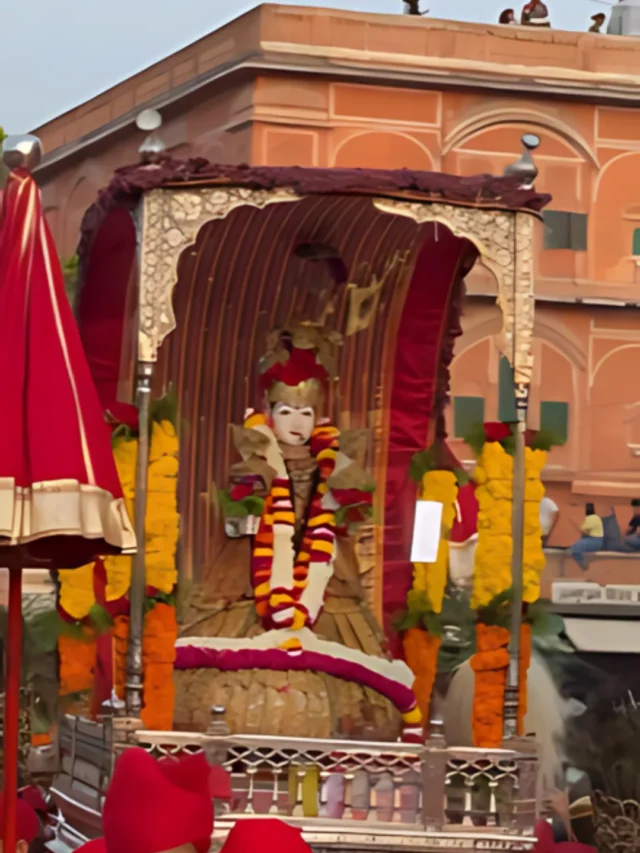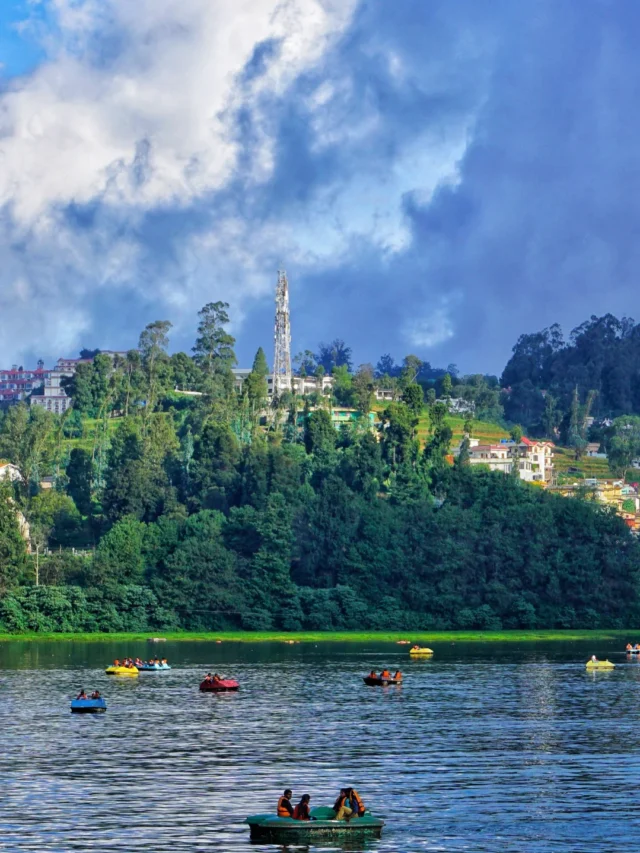Join us on a cultural journey to the heart of the Himalayas, unravelling the enthralling tapestry of Himachal Pradesh. This northern Indian state, nestled among beautiful peaks, invites a rich cultural legacy that harmoniously blends tradition with the breathtaking environment. Join us on a tour through vivid festivals, traditional music and dance, and warm local hospitality. Our exploration promises a comprehensive encounter into the soul-stirring culture that defines Himachal Pradesh, from the beautiful dresses that whisper tales of millennia to the aromatic flavours of Himachali cuisine. Let’s take a look at the culture of Himachal Pradesh!
Traditional Culture of Himachal Pradesh
Himachal Pradesh, nestled in the Himalayas, has a traditional culture as diverse as its gorgeous landscapes. Himachal Pradesh’s traditional culture is a lively tapestry of customs, festivals, music, dance, and architecture that is rooted in a strong relationship with nature and influenced by centuries of history.
The diverse array of celebrations that characterise Himachali culture is one of its key features. Among the most famous is Kullu Dussehra, which is observed in the Kullu Valley with an intensity never seen before. The week-long celebration is characterised by processions, cultural shows, and the customary “rath yatra,” which highlights the people’s intense religious and cultural fervour.
The cultural environment of Himachal Pradesh is enhanced by the rhythmic charm of its ancient music and dance traditions. The vibrant dance known as Nati, which is done at different festivities, captures the people’s excitement and exuberance. Nati is a rhythmic celebration of life in the hills, accompanied by indigenous instruments such as the dhol, nagara, and shehnai.
Himachal Pradesh’s architecture is just another indication of its unique culture. Temples such as the Hidimba Devi Temple in Manali and the Bhimakali Temple in Sarahan, with their elaborate wooden carvings and unique pagoda-style architecture, are examples of the region’s architectural legacy, showcasing expert craftsmanship and devotion. The historic homes, which are frequently decorated with vibrant frescoes, mix in perfectly with the surrounding landscape.
Himachal Pradesh’s culture is preserved in large part through its cuisine. With meals like Sidu, a wheat flour bread, and Madra, a savoury and aromatic preparation with lentils or chickpeas, Himachali cuisine is a pleasant voyage through flavours. These gastronomic treats not only entice the palate but also showcase the ingenuity of the inhabitants in harnessing the resources found in the hilly landscape.
The kindness and warmth of the Himachali people extend beyond these outward manifestations and are an essential part of the state’s traditional culture. Guests are greeted with open arms, whether they are taking part in local fairs, mingling with villagers, or enjoying a cup of traditional Kangra tea, making for an amazing experience that embodies the spirit of Himachal Pradesh’s cultural legacy. The customs of Himachal Pradesh are shown in every event observed, dance executed, and cuisine enjoyed, beckoning everyone to partake in its enduring allure.
Traditional Dress of Himachal Pradesh
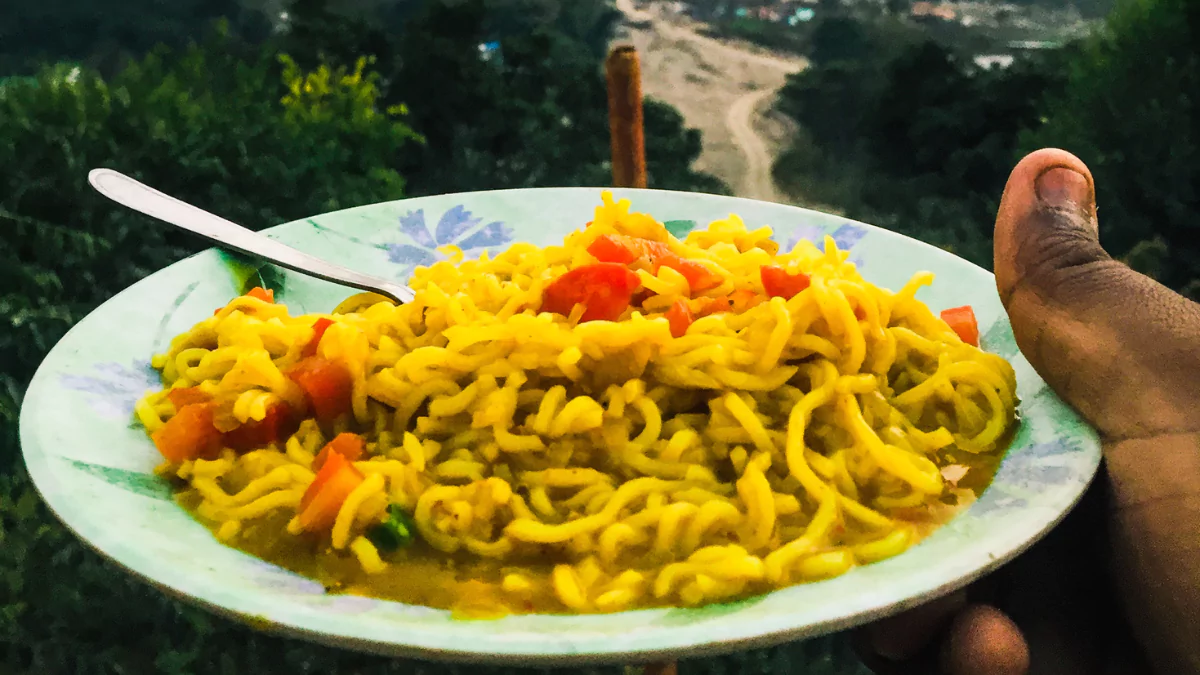
Himachal Pradesh’s traditional attire is a vivid representation of the state’s varied cultural fabric, which is shaped by the state’s climate as well as the unique identities of its many groups. Women wear the ‘Pahari’ or ‘Kangra’ style saree, which is decorated with elaborate embroidery, in the Kangra Valley. It is worn with a matching blouse and traditional jewellery. On the other side, men dress in a kurta, churidar, and a long coat known as a “Dora” or “Chola,” coupled with a traditional cap called a “Chola” or “Pahari Topi.”
As we move to the Kullu Valley, men wear the “Pattu” or “Kulluvi Topi,” “Chola,” “Chadru,” and “Pahari” trousers, while ladies wear elaborately patterned “Jama” and a “Pattu Topi.” In the Chamba Valley, men wear the “Pahari Topi,” “Chola,” and “Pahari” shawl, while ladies display their beautiful embroidered “Ghagra” and “Choli” combined with a “Dupatta.”
Women wear the “Thipu” headgear, “Chuba,” and silver jewellery in Lahaul and Spiti Valley, while males wear the “Thipu” cap, “Chuba,” pants and a woollen scarf. These traditional garments have a dual purpose: keeping warm in the chilly weather and reflecting the artistic sensitivities of the area.
Every valley has its distinct style that reflects the historical influences and cultural subtleties of the local people. The vivid colours, dexterous stitching, and unique embellishments of Himachal Pradesh’s traditional clothing bear witness to the state’s rich history and variety.
Traditional Cuisine of Himachal Pradesh
The delicious traditional cuisine of Himachal Pradesh is a lovely representation of the state’s varied cultural influences and the ingredients that may be found in its hilly topography. Sidu, a well-known delicacy consisting of steamed wheat flour and yeast bread, is frequently accompanied by regional curd or ghee. Popular Tibetan noodle soup called thukpa sometimes includes dumplings called momos along with meat and veggies. Rice, chickpea flour and, yoghurt-based Madra, and red kidney beans (Rajma) are some of the items served at the annual feast known as Dham.
The Kullu region is well known for its fried or grilled trout, which is marinated beforehand. The robust and fragrant flavours of Himachali cuisine are exhibited in the fiery lamb or mutton dish called Chha Gosht. A popular morning dish is babru, which is deep-fried bread filled with black gramme paste and frequently served with tamarind chutney.
Another unusual food is Khatta, a hot and acidic concoction flavoured with jaggery, tamarind, and spices that is cooked with pumpkin or other vegetables. A traditional celebration beverage, chhaang is an alcoholic fermented drink prepared from rice or barley.
The utilisation of regional ingredients like the aromatic Chhaang and dishes like Sidu Sidu, a steamed bread packed with crushed black gramme and spices, demonstrate the diversity of Himachali cuisine. The inventiveness of the locals in adjusting to the difficult hilly terrain is reflected in the food, which offers filling and savoury dishes.
In summary, Himachal Pradesh’s traditional food honours the region’s rich cultural heritage while simultaneously meeting the practical demands of a rigorous workplace. It combines flavours from the region, Tibet, and North India, creating a culinary adventure that honours the history and tenacity of the people living in this stunning state.
Chamba Himachal Pradesh: Top Places to Visit in Chamba: Culture of Himachal Pradesh: Exploring the Traditions, Festivals, and CuisineFestivals and Celebrations in Himachal Pradesh
Himachal Pradesh is a place of lively traditions and various cultures, which are evident in the many festivals and celebrations it hosts all year long. These celebrations are vital to the social fabric because they unite local communities and offer a platform for showcasing the area’s rich cultural heritage.
Dussehra:
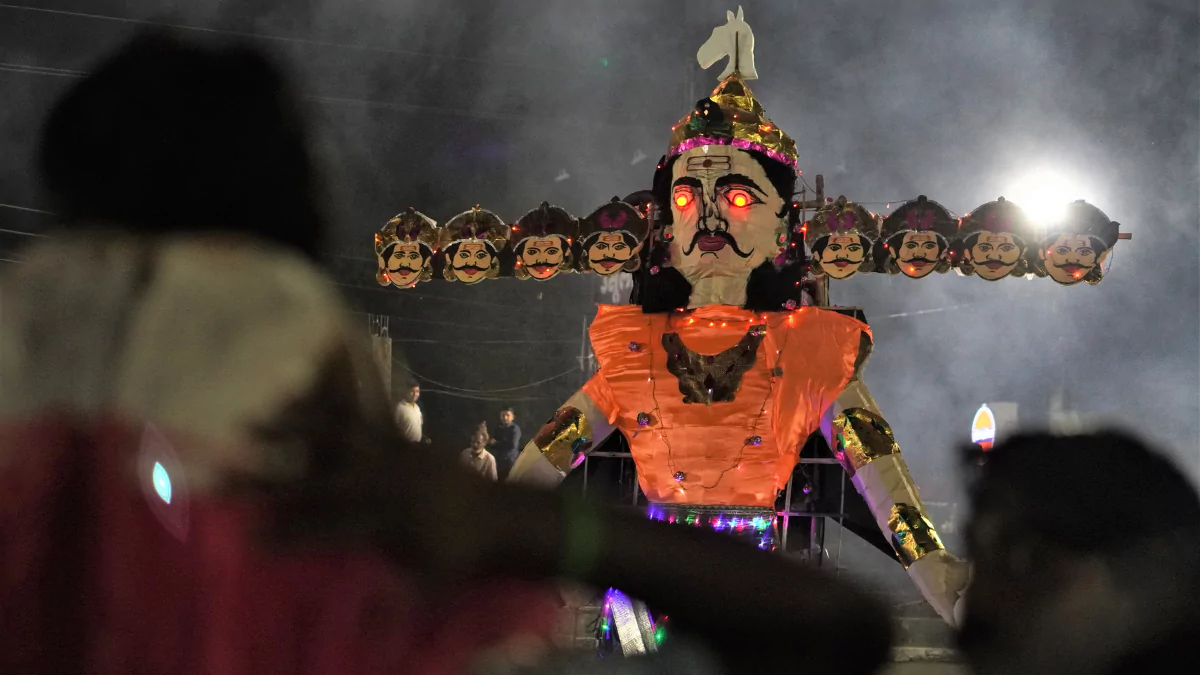
One of the most extensively observed holidays in Himachal Pradesh is Dussehra, especially in the Kullu Valley. Kullu Dussehra, a week-long celebration, is well known for its grandeur and cultural significance. It honours the triumph of good over evil and draws thousands of tourists and devotees. In addition to cultural acts and the symbolic burning of effigies, the celebration features colourful processions.
Diwali:
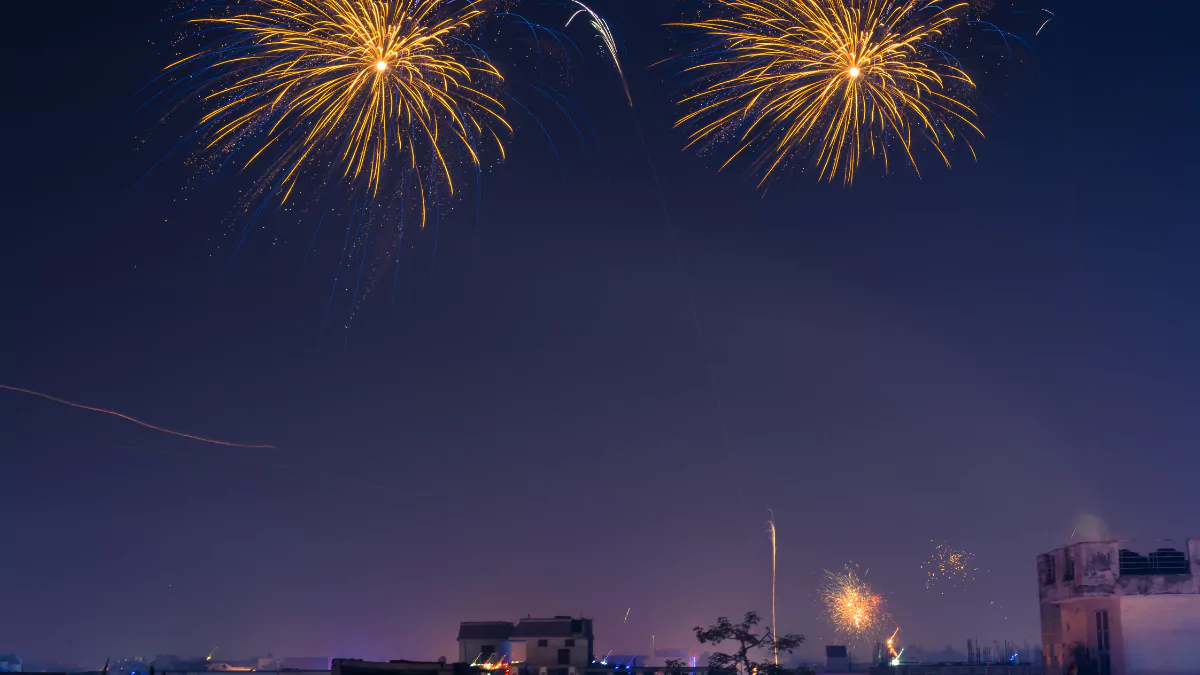
Himachal Pradesh celebrates Diwali, the festival of lights, with great enthusiasm. Lamps and candles are used to decorate homes and public areas. There’s merriment and excitement in the air as people trade gifts and candies.
Holi:
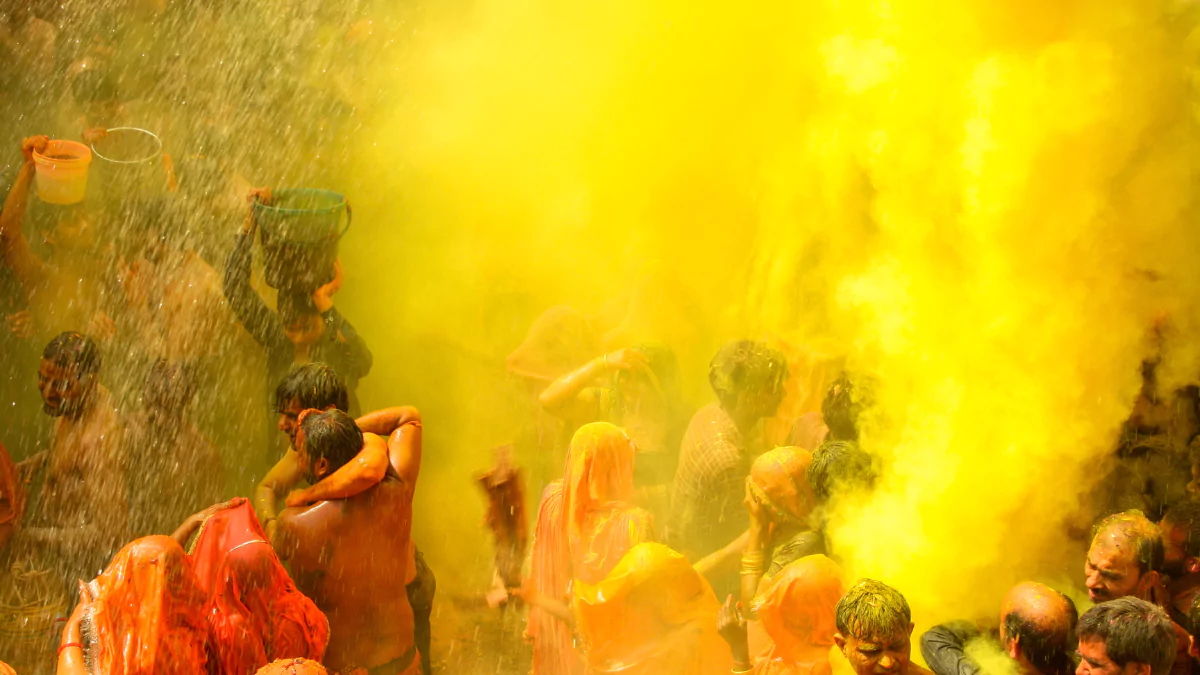
In Himachal Pradesh, people celebrate Holi, the festival of colours, with great enthusiasm. Both locals and visitors gather to take part in the exuberant celebration, painting each other with vivid hues and indulging in customary treats.
Lohri:
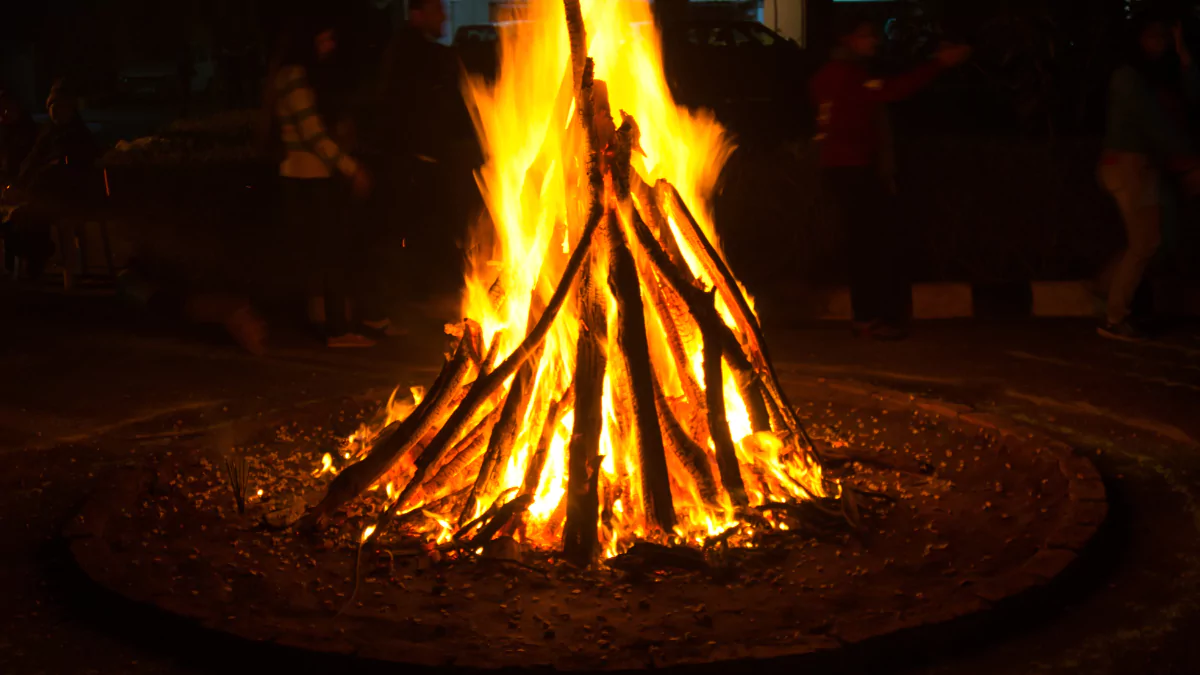
Celebrated with bonfires, traditional dances, and songs honouring the Sun God, Lohri signals the end of winter. In the country, where people gather to enjoy the warmth of the blaze, it is an especially vibrant occasion.
Baisakhi:
The harvest festival, Baisakhi, is widely observed, particularly in the lower reaches of Himachal Pradesh. There are processions, music, and traditional folk dances to celebrate the beginning of the farming season.
Shivratri:
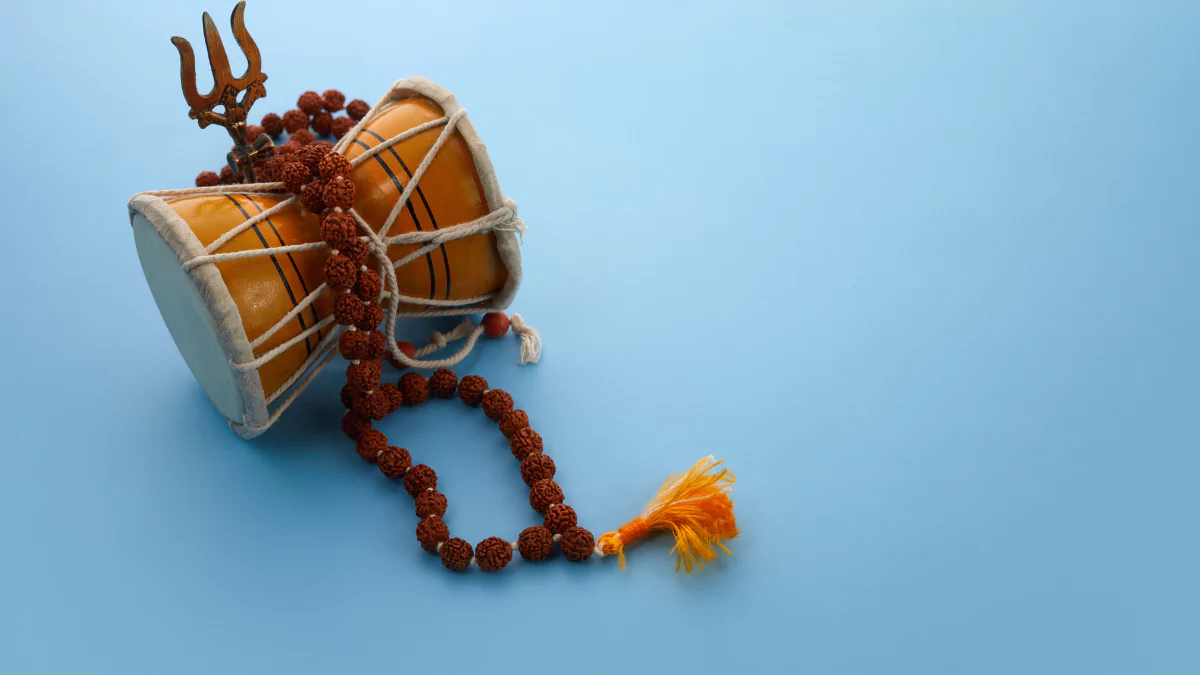
Lord Shiva is the subject of this significant event. Pilgrims swarm to temples to offer prayers, particularly the Bhootnath Temple in Mandi. Cultural activities, fasting, and religious rites characterise the celebration.
Navratri:
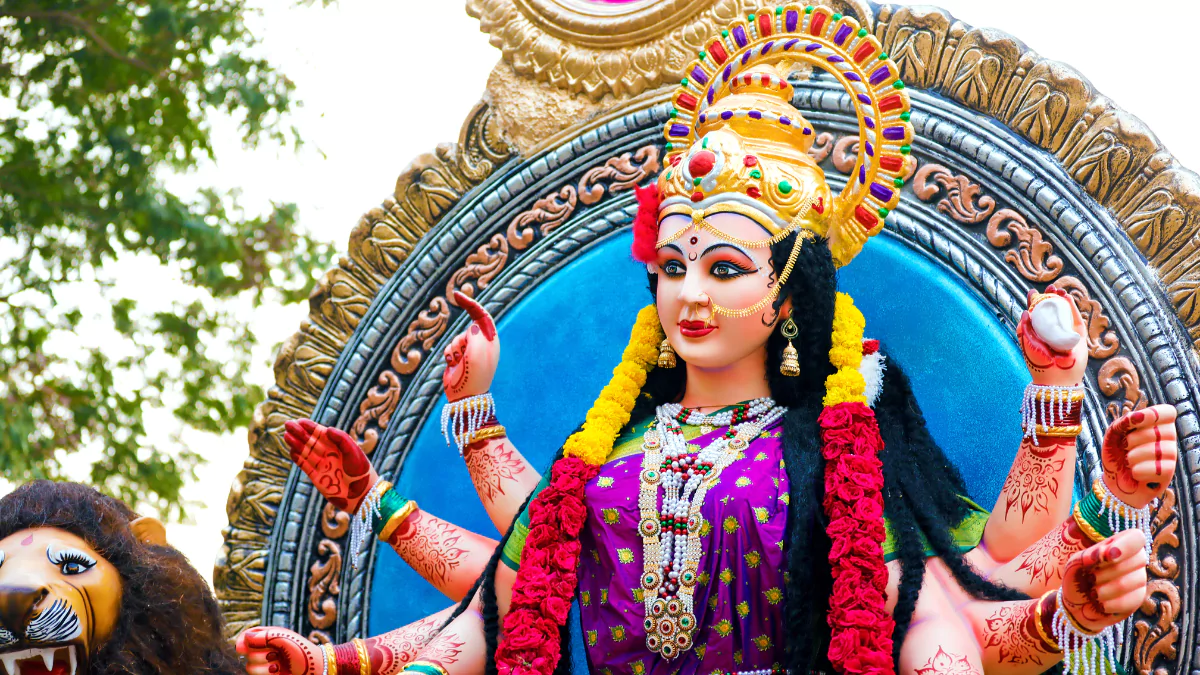
In certain regions of Himachal Pradesh, Navratri is observed with dedication and traditional dances like “Nati.” The celebration lasts for nine nights, and on the tenth, Vijayadashami is celebrated with processions and cultural shows.
Sazo:
The Gaddi tribe in Himachal Pradesh celebrates Sazo, a special event. The sowing season officially begins on this day, and festivities include feasts, rituals, and traditional dances.
Phulaich:
In September, Kinnaur celebrates Phulaich, a flower festival. In order to celebrate the beauty of nature, the people engage in processions, dances, and ceremonies that involve the worship of flowers.
Losar:
In regions with a Tibetan influence, people celebrate Losar, which is the Tibetan New Year. Rituals, prayers, and colourful cultural performances are all part of it.
These celebrations enliven the scenery and offer a look into the rich cultural fabric of Himachal Pradesh, where customs are passed down through the years and promote a sense of solidarity and togetherness among the local populace.
Conclusion
Himachal Pradesh is a fascinating cultural tapestry that unfolds in the centre of the breathtaking Himalayas, with each thread telling a tale of tradition, resiliency, and the unwavering spirit of its people. By the time our trip through this magical state comes to an end, the traveller’s soul is forever changed by the kaleidoscope of festivals, customs, and colourful celebrations.
The culture of Himachal Pradesh is a harmonious fusion of traditional practices with modern spirit. All the festivals of Himachali culture, from the lively celebrations of Kullu Dussehra to the rhythmic beats of traditional dances like ‘Nati’, capture the friendliness and inclusiveness of the people. A celebration of life itself can be heard in the echoes of prayers said at old temples during Shivratri, the joyful laughter of Diwali, and the rhythmic clinks of traditional jewellery during folk dances.
The people’s tenacious spirit creates a distinct cultural mosaic, their reverence for the natural world and the smooth assimilation of diverse influences. As we bid Himachal Pradesh farewell, we take with us not only memories of its magnificent scenery but also a profound respect for a culture that has flourished in the shadow of the mountains, echoing the values of harmony, diversity, and a strong ties to the land’s ancient river valleys.
-
Airports Reopen in India After Operation Sindoor: Latest Travel Advisories
Latest Travel Advisories: India airport reopening after Operation Sindoor has come as a sigh of relief to thousands of travellers after days of tense tensions and restricted airspace. The Indian authority opened all the 32 closed airports on Monday, 12th May, 2025, that were earlier closed since 9th May due to the rise in conflict…
-
How to Book Kedarnath Helicopter Tickets Online in 2025
People who plan to visit one of India’s holiest pilgrimage destinations in the upcoming year should consider Kedarnath Temple. Open to visitors at 3583 meters elevation within the Himalayas Kedarnath Temple offers shrine experiences combined with natural and explorative adventures. Those who look for spirituality as well as nature enthusiasts will find exciting opportunities through…
-
Flights Cancelled in India: 27 Airports Closed in North, West & Central Regions Till May 10
In a big hit to air travel in North and Central India, more than 430 flights have been cancelled and 27 airports closed for the time being, which include functional airports like Srinagar, Jammu, Leh, Chandigarh, Amritsar, and Shimla. The massive disarray this has caused, at the height of the vacationer season, has left thousands…



